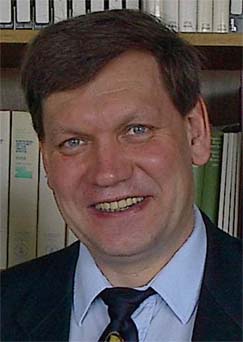New York Meeting
We are pleased to announce our two upcoming presentations at the 2007 Population Association of America Annual meeting this week. These two poster presentations will be held at the New York Marriott Marquis hotel, 1535 Broadway, New York, NY 10036, (212) 398-1900, at the following dates and locations:
Poster Session 1
Thursday, March 29
8:00 AM - 10:00 AM
Westside Salon 3-4
5th floor
Poster # 9.
Physical Markers at Young Age and Survival to 100:
A Study of a New Historical Data Resource (The U.S. WWI Draft Cards)
by Natalia S. Gavrilova and Leonid A. Gavrilov, University of Chicago
Poster Session 7
Saturday, March 31
9:00 AM - 11:00 AM
Westside Salon 3-4
5th floor
Poster # 39.
Problems of Mortality Measurement at Advanced Ages
by Leonid A. Gavrilov, University of Chicago
Looking forward to see you there!
Labels: Biodemography, Centenarians, demography, human longevity, longevity, longevity predictors, mortality, Mortality at Advanced Ages, Physical Markers


